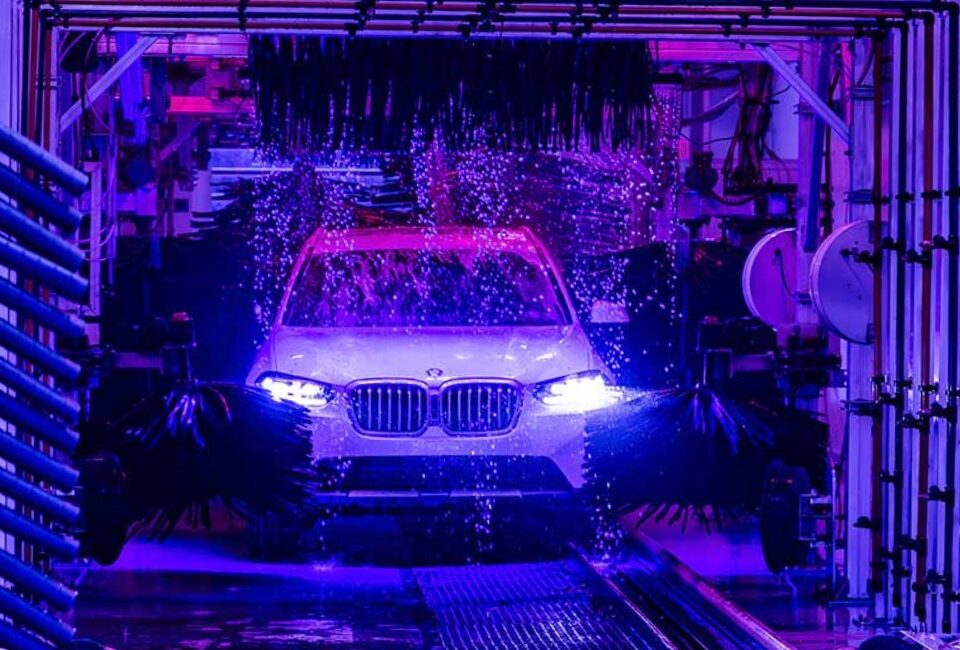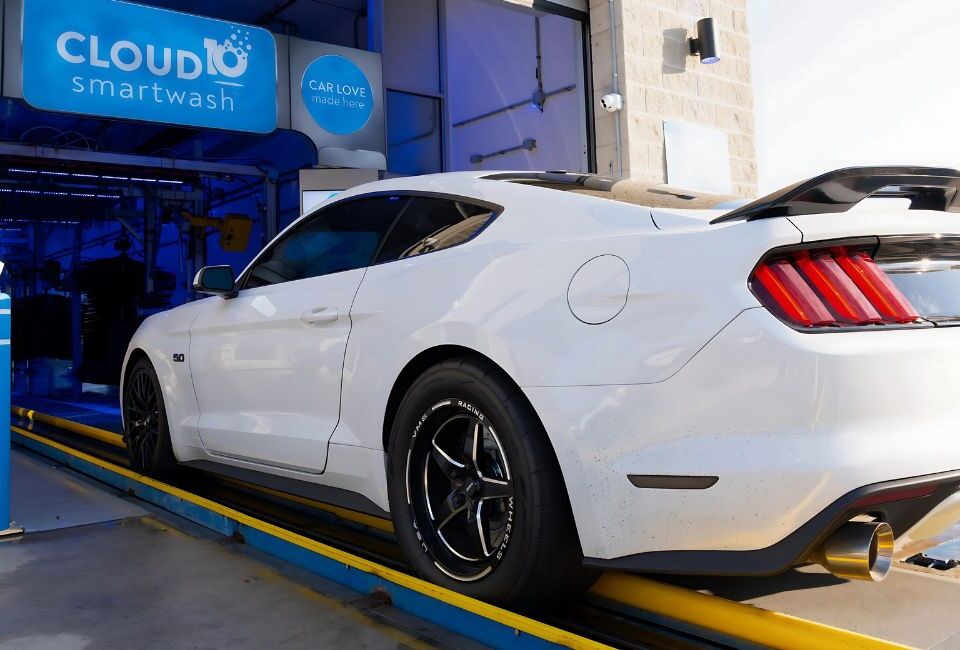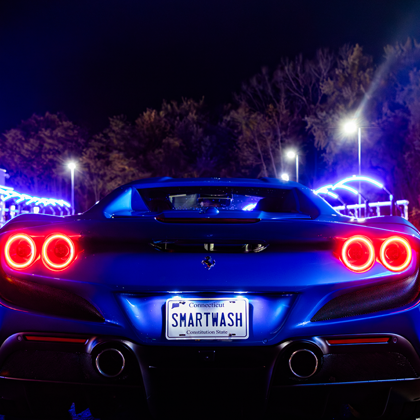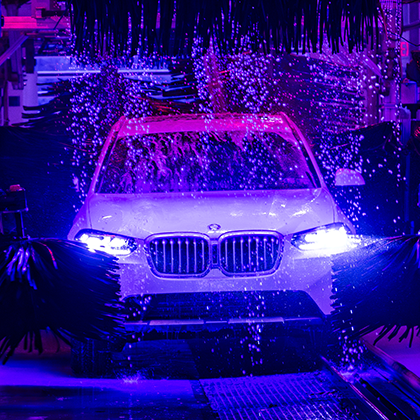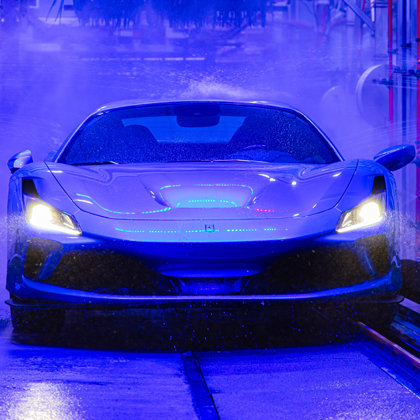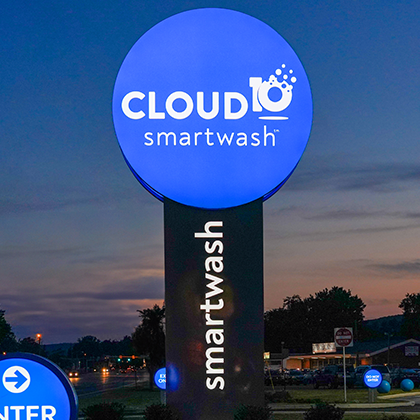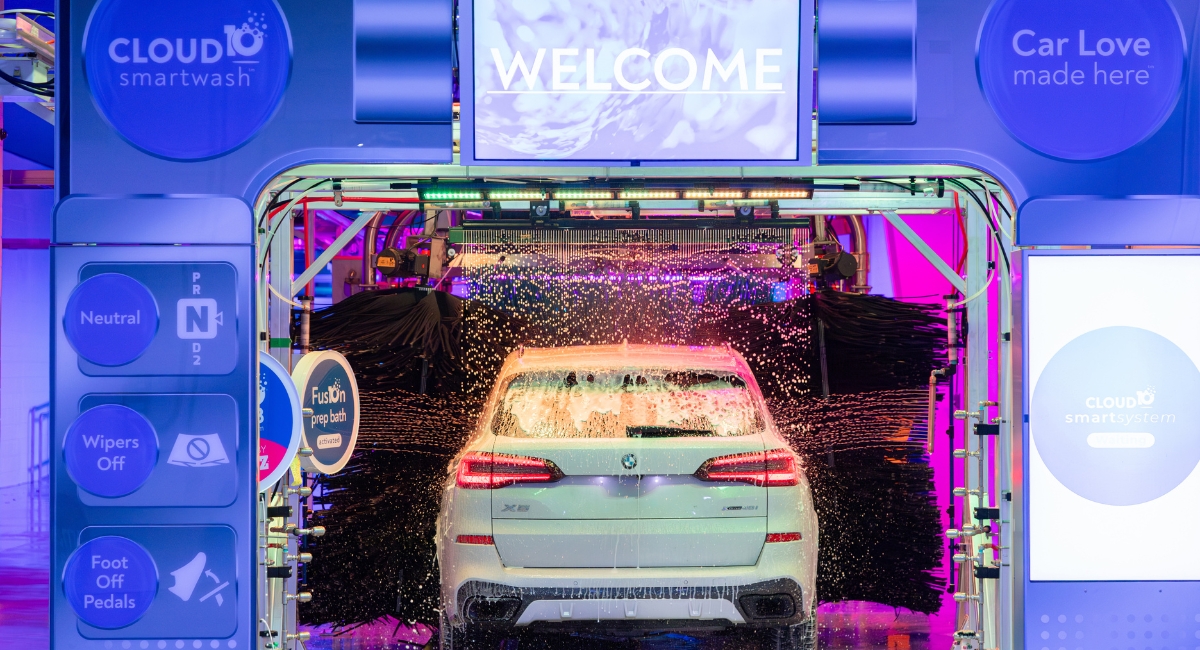
Yellow pollen on car might seem like just an annoying dusting of springtime, but it can actually do some serious damage if left unchecked. Sure, it looks harmless—just a soft, powdery coating on your paint—but don’t be fooled. That yellow haze can cause more problems than you’d think.
When pollen mixes with moisture, it turns acidic and can start to eat away at your car’s clear coat, leaving behind dull spots and even etching into the paint. Plus, it’s a magnet for dust and dirt, making your car look grimy in no time. So, is it just an eyesore, or is it something you really need to worry about? Let’s find out.
What Is Pollen and Why Is It Everywhere?
Pollen is that pesky, powdery substance that seems to coat everything in sight during spring and early summer. It’s actually a fine powder produced by plants during their reproductive cycle—basically, nature’s way of spreading the love. Trees, flowers, grasses, and weeds are the usual culprits, launching their tiny particles into the air in hopes of landing on another plant to keep the cycle going.
But why does your car always end up looking like a fuzzy yellow mess? Pollen is incredibly light and airborne, so it drifts easily and sticks to just about anything it touches—including your car. If you live in a high-pollen-count area or it’s especially windy, your car’s surface becomes an ideal landing spot, building up that chalky yellow layer faster than you can say “car wash.”
Pollen Isn’t Just Annoying—It’s Hurting Your Car!
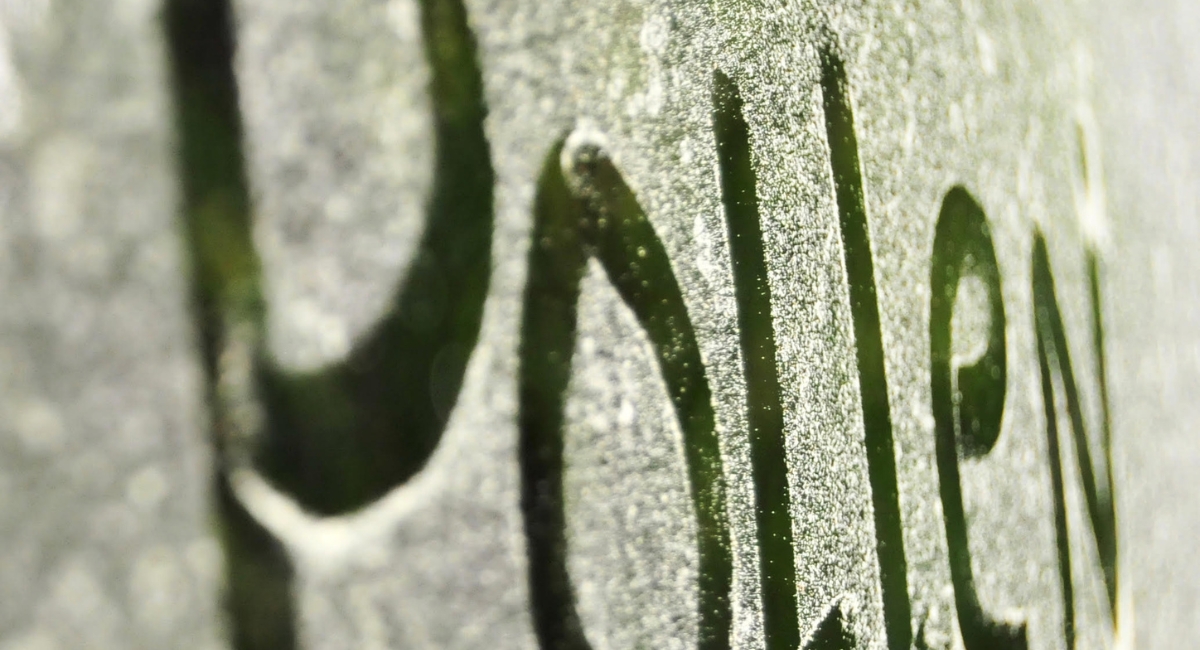
Pollen is actually messing with your car’s finish. You might think it’s harmless fluff, but that powdery layer is sneakily eating away at your clear coat and dulling your paint.
What’s worse? When pollen mixes with moisture, it turns acidic and can start to etch right into your paint job. If you’re not dealing with it regularly, you’re practically giving pollen a free pass to ruin your ride’s good looks. Let’s break down why pollen is more dangerous than you think—and how to keep it from trashing your car’s shine.
Acidic and Abrasive Properties
Here’s the thing: yellow pollen on car isn’t just a harmless powder. It’s packed with acidic compounds that can slowly eat away at your car’s clear coat—especially if you let it bake in the sun for days. It’s like giving your car a fine coat of trouble waiting to happen.
And it gets worse. When pollen mixes with rain, it forms an acidic slurry that’s even tougher on your paint, leaving behind etch marks and dull spots. Plus, when pollen sits too long, it bonds with dust and dirt, creating a gritty mess that’s practically begging to scratch your car when you try to wipe it off.
➝ Acidic compounds can eat into your car’s clear coat, leaving dull patches.
➝ Water + pollen = acid slurry, which is way worse than dry pollen.
➝ Bonded contaminants make wiping pollen off a risky move, leading to scratches.
Staining and Fading
Think that yellow tint is just a temporary eyesore? Think again. The pigment in pollen can stain your car’s paint, especially on lighter-colored vehicles. It’s not just about looks—it’s about how pollen dulls your car’s finish over time, leaving it looking weathered and worn.
If you let it hang out too long, that yellow hue can embed itself into the surface, and good luck getting it off without damaging your paint. Stains make your car more vulnerable to future damage, too, because the compromised clear coat doesn’t stand up as well to road grime and harsh weather.
The good news? Keeping your car pollen-free isn’t complicated—regular washes and gentle care make all the difference. Don’t let that yellow dust win the battle—show it who’s boss with a little routine maintenance and your ride will stay looking sharp, no matter what pollen season throws your way!
How Not to Remove Pollen From Your Car (And What to Do Instead)
The way you tackle that powdery mess can actually make a huge difference between keeping your paint flawless and leaving it scratched, stained, or faded. Mess up the process, and you’re practically inviting damage.
Dry Wiping Is a No-Go
We get it—you’re in a rush, your car’s covered in that annoying yellow dust, and your instinct is to just wipe it off with a towel or your hand. Big mistake! Dry wiping pollen is like taking sandpaper to your paint—those tiny particles are surprisingly abrasive and will leave your clear coat scratched and dull.
What makes it worse is that pollen has acidic compounds that can etch into your paint, especially when mixed with moisture. If you’re wiping without any water or cleaner, you’re just grinding that mess deeper into your car’s finish.
DIY Washing Pitfalls
Even when you decide to wash off the pollen, doing it wrong can still cause damage. Not all soaps and towels are created equal, and using the wrong ones can leave you with a scratched, faded mess.
Here’s what to watch out for:
• Low-Quality Towels: Cheap or rough towels can actually rub the pollen deeper into the paint, creating micro-scratches.
• Harsh or Improper Soaps: Dish soap and low-quality cleaners don’t break down pollen properly and can strip protective layers like graphene coatings.
• Skipping the Pre-Rinse: Jumping straight to scrubbing can smear pollen across the surface, making it harder to remove without scratching.
And then there’s the worst mistake of all—letting it sit too long. Pollen can bake onto your car’s surface when exposed to sunlight, becoming even more stubborn to remove. Once it’s practically glued to your car, it’s a lot harder to get off without risking damage.
How to Safely Remove Pollen from Your Car
1. Rinse First
Start with a gentle rinse to wash away loose pollen. Use low-pressure water to avoid pushing particles into the paint. This simple step helps remove a good chunk of pollen before you even touch the surface.
2. Use pH-Balanced Cleaners
Not all soaps are safe for your car’s finish. Pick pH-balanced, automotive-specific cleaners that neutralize acidic compounds without harming the clear coat or protective layers like ceramic or graphene coatings.
3. Soft Cloths and Microfiber Towels
Avoid cheap, scratchy towels at all costs. High-quality microfiber towels are soft enough to reduce friction while effectively picking up remaining particles. Keep them clean and free of debris to prevent accidental scratching.
4. Regular Wash Routine
Staying consistent is key to preventing pollen buildup. Regular washing reduces the risk of pollen sticking around long enough to cause damage or etching. Aim for a weekly wash during pollen-heavy seasons to keep your car spotless and safe.
The Best Way to Get Rid of Yellow Pollen on Your Car?
Proper washing is crucial, but why make it harder than it needs to be? At Cloud10 smartwash, we’ve got the ultimate solution to fight pollen and keep your car looking flawless. Unlike your typical old-school wash that just sprays some water and soap around, our smartwash is a game-changer. It’s designed with advanced technology that knows how to treat your car right, lifting away pollen, dirt, and grime without risking scratches or streaks.
Why Smartwash is the Only Choice for Pollen Problems
Our smartwash system doesn’t mess around. It uses soft, precise brushes and premium cleansers to gently lift away contaminants without damaging your car’s clear coat. Plus, the whole process is lightning fast—no sitting around waiting for your ride to get clean. You’ll be back on the road in minutes, with a finish that looks like it just rolled off the showroom floor.
When it comes to yellow pollen on your car, our smartwash is the ultimate solution because:
➝ Advanced Cleaning Power: Our high-tech tunnel effortlessly breaks down stubborn pollen and dirt.
➝ Gentle on Your Paint: No more worrying about scratches or swirl marks from dry wiping.
➝ Fast and Efficient: Your car comes out spotless and dry in no time.
Why Make It Harder Than It Needs to Be?
Let’s be real—no one wants to spend hours scrubbing pollen off their car or stressing about paint damage. With Cloud10 smartwash, you don’t have to. We’ve got the tech, the products, and the know-how to keep your car looking flawless without all the hassle. And with our DIY Smart Care Zone, you can even touch up the interior to match that sparkling exterior.
Bottom line? Pollen doesn’t stand a chance against our smartwash technology. It’s not just about looking good—it’s about protecting your car for the long haul. Ready to say goodbye to pollen problems for good? Let us handle it while you sit back and enjoy that like-new shine.
Don’t Let Pollen Win—Keep Your Car Looking Flawless
Some yellow pollen on car might seem harmless, but it’s secretly wreaking havoc on your paint. From acidic compounds that etch into your clear coat to stubborn stains that dull your finish, ignoring pollen buildup is a recipe for disaster. Regular washing and gentle removal are key to keeping your car looking fresh and protected, but not all washes get the job done right.
At Cloud10, we make pollen removal easy and effective. Our smartwash system provides unbeatable protection while gently removing even the toughest pollen buildup. Your car will leave looking sleek, spotless, and ready to take on pollen season without breaking a sweat. Stop by today and see the difference for yourself!
FAQs
Can yellow pollen on car damage the paint?
Yes, it can! Pollen contains acidic compounds that can etch into your car’s clear coat, especially when mixed with moisture. It can also bond with dirt and contaminants, causing scratches if wiped off dry. Regular washing helps prevent damage.
How often should I wash my car during pollen season?
Aim for at least once a week to keep pollen from building up and causing damage. If pollen is heavy in your area, washing more frequently can help maintain your car’s finish and prevent etching or staining.
Is it safe to wipe pollen off my car without washing it?
Not really. Dry wiping pollen can scratch your paint because it acts like a fine abrasive. Always rinse your car first to loosen and remove as much pollen as possible before using a microfiber towel to gently clean the surface.
Can pollen stains become permanent?
If left too long, pollen can embed into your car’s paint, causing stubborn stains that are tough to remove. The longer it sits, especially in the sun, the more likely it will bond with your car’s finish, making removal more challenging.
What makes Cloud10 Smartwash better for pollen removal than DIY washing?
We use high-quality, pH-balanced cleansers that are specifically designed to neutralize pollen’s acidic effects. Plus, our soft brushes and advanced tunnel technology ensure your car gets a thorough, safe clean every time—no risk of scratches or missed spots.



